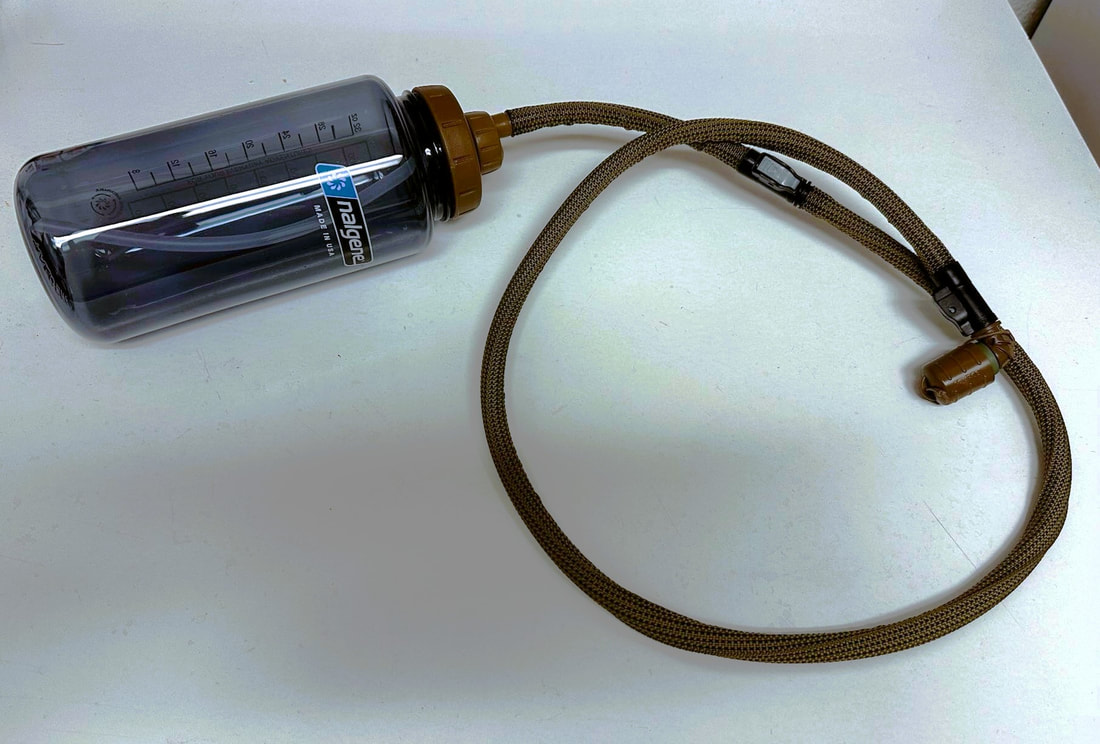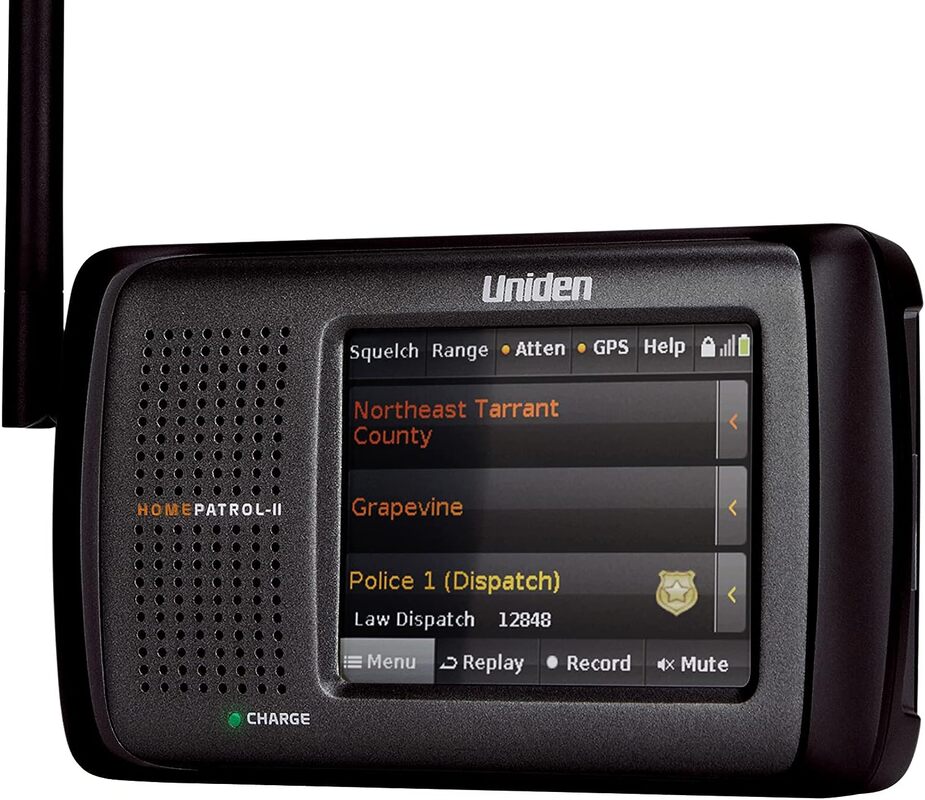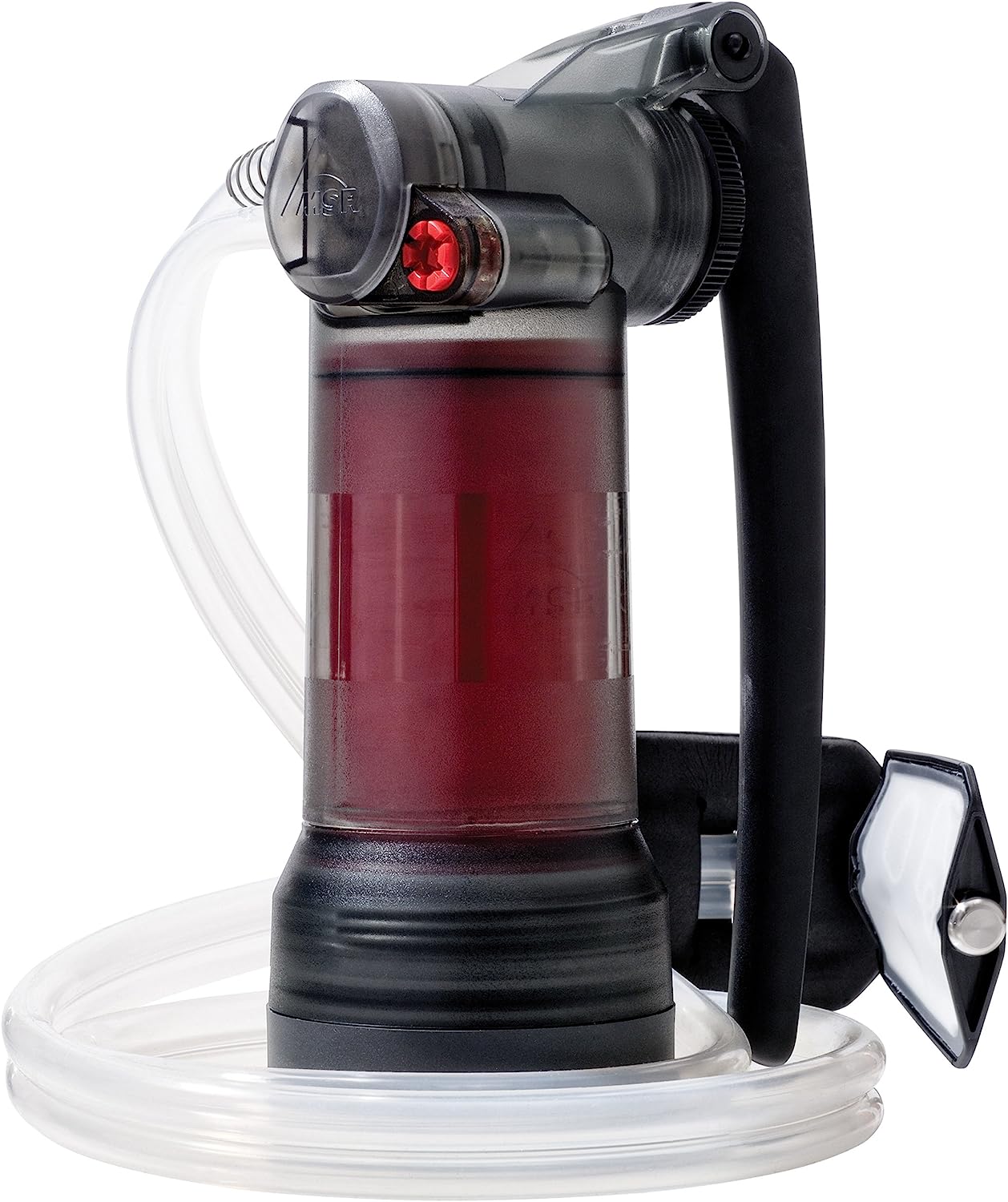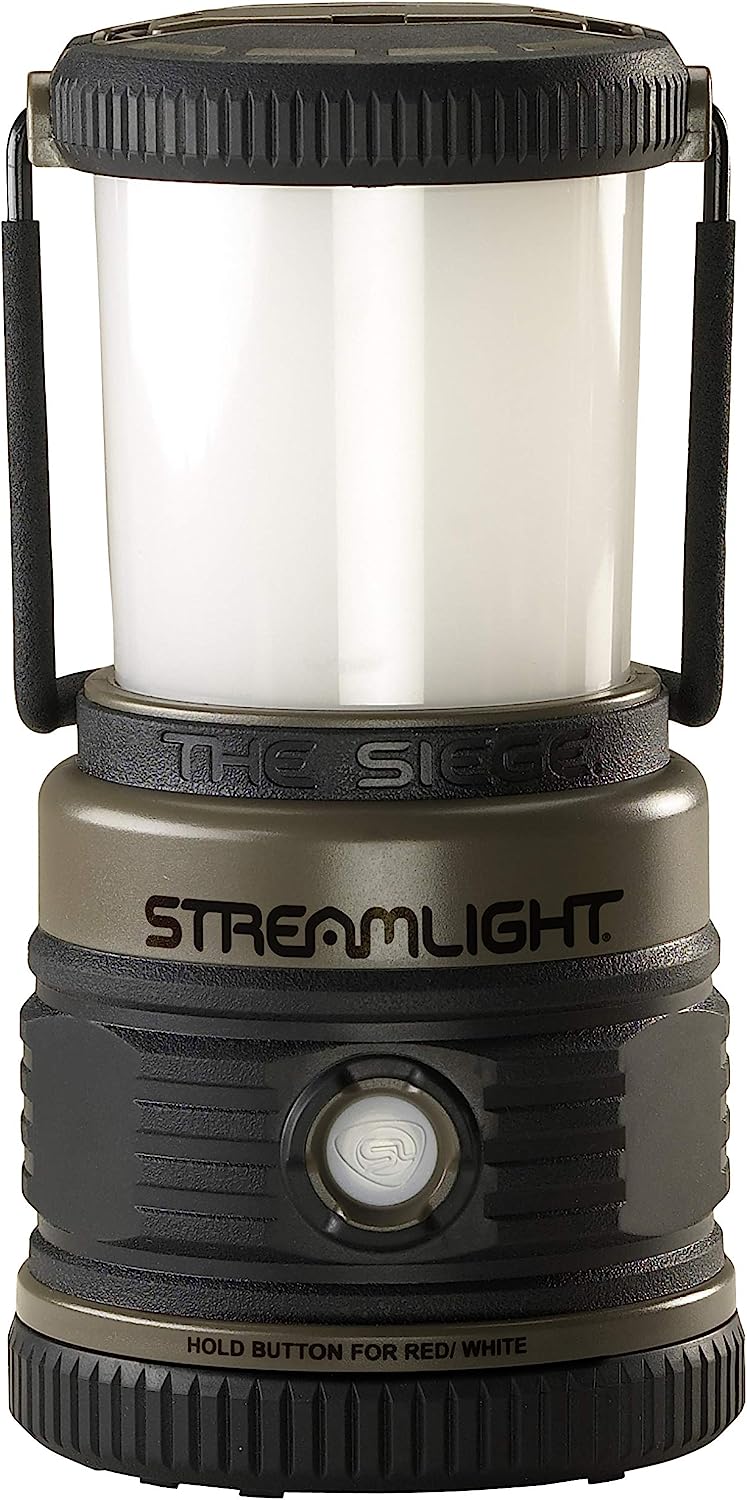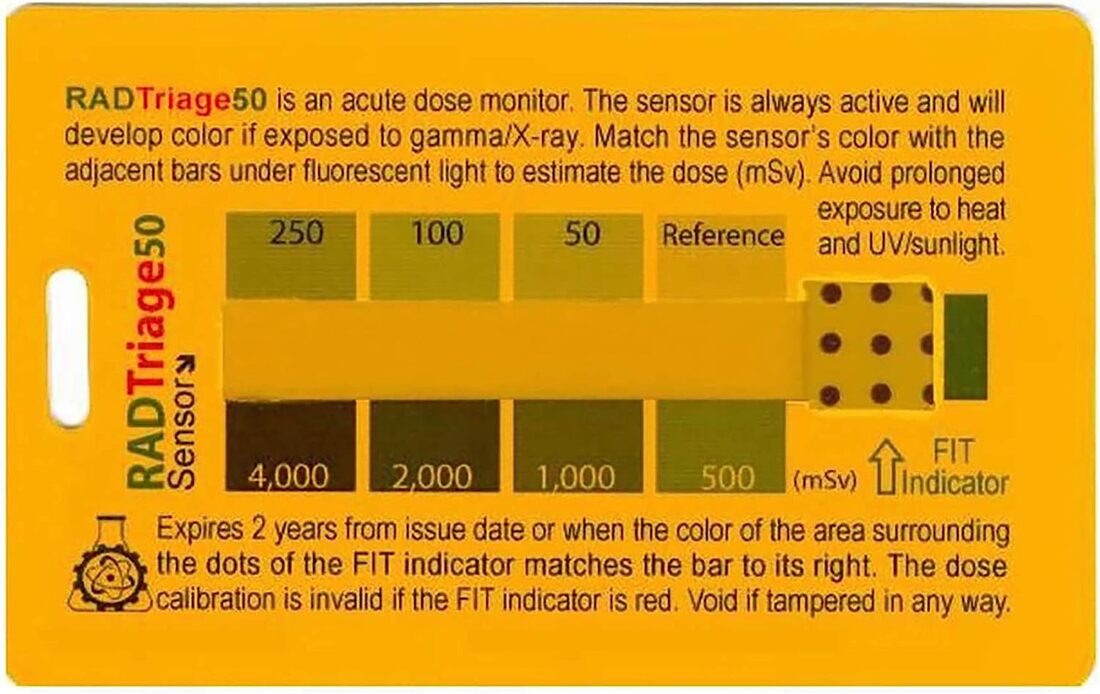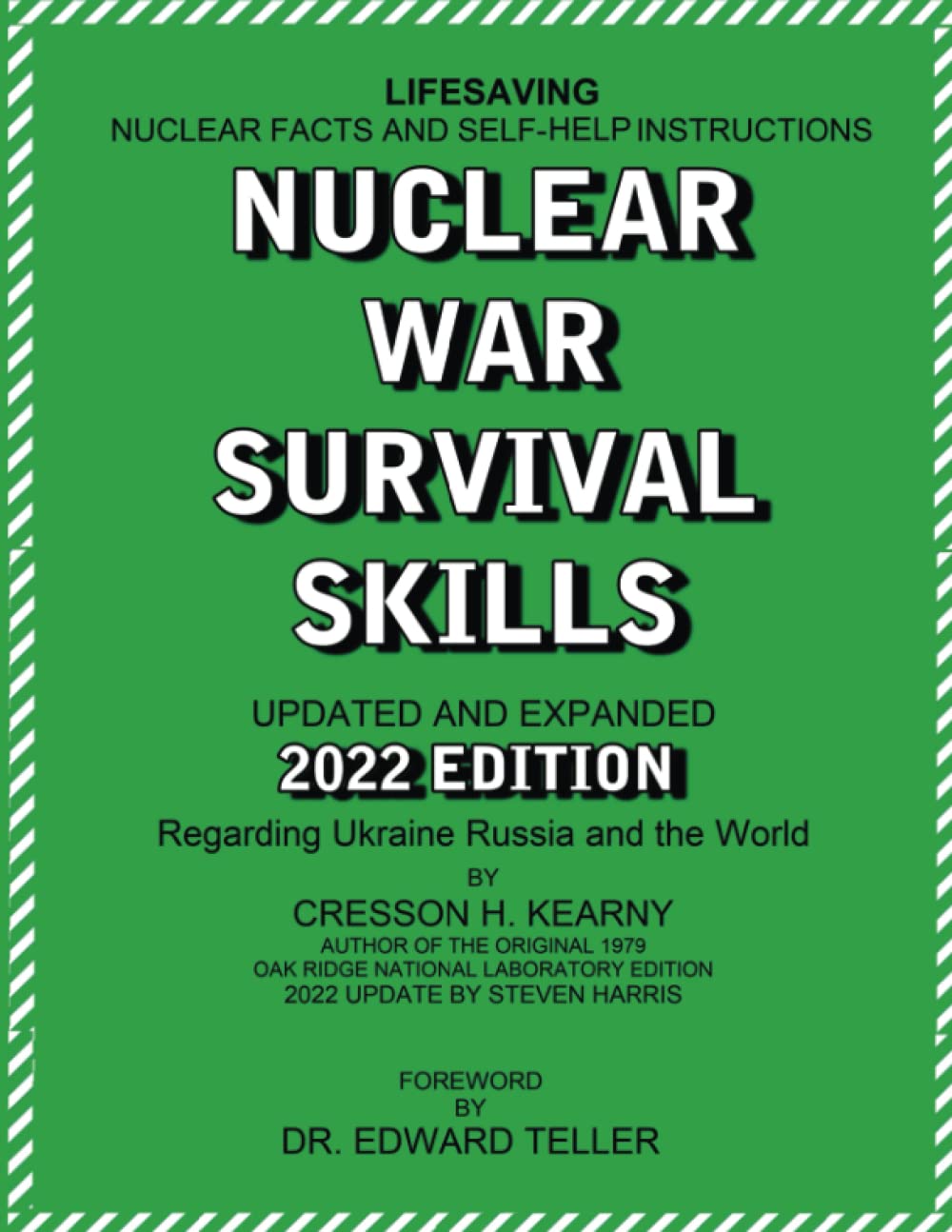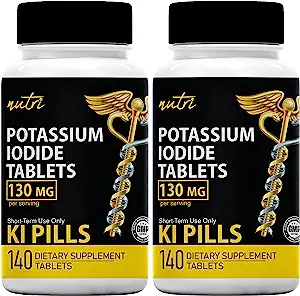|
It’s 3 AM on a freezing cold morning. For the second time this week, a skinny teenager is trying to cut through the fence that closes off the end of your residential street. You could kill him, but that might upset the refugees he lives among in the regional park. You raise a shotgun and fire a rubber slug.. He falls and rolls to his side before jumping up and running away, clutching his belly. Back in a tent next to the playground, his mother says “You’re lucky they only used a rubber bullet.” This scenario illustrates a conundrum that the SHTF survivor will have to face; balance of force. Under the circumstances, an intruder might well be justifiably shot trying to penetrate a perimeter. Yet in this case, there is a risk of a riot from his fellow refugees who might find it overkill. Neighbors might disagree with the harshness of lethal force. Having a less-lethal option to discourage and deter bad guys is prudent. Less-lethal impact munitions Impact munitions (less-lethal ones) can be thought of remotely delivering a staggering blow to a person using a firearm or launcher. These projectiles are intended to cause pain through blunt force trauma to elicit compliance. Injuries typically include bruises, welts, and lacerations. Of these, the most common injuries are bruising and abrasions, though they may be severe, followed by lacerations. Penetration is uncommon. Less-lethal is the preferred term (over “non-lethal” and “less-than-lethal”) because these weapons can cause death in extreme cases.[1] Some rounds may penetrate the skin, hit vital areas, and can cause serious injuries. They can penetrate clothing and damage commonly carried objects. Headshots that don’t penetrate can still cause concussions and traumatic brain injuries (TBIs). One legal note; usage of less-lethal impact munitions in ordinary times is not recommended for civilian use. Using a firearm, even if it has an orange stock and is pumping out bean bags, is still a firearm. The projectile is less-lethal, not non-lethal, and firearms are still firearms capable of inflicting death and firing lethal ammunition. Usage these days could be construed as assault with a deadly weapon to murder in the off-chance someone is killed. The items discussed here are generally only for post-SHTF employment. All the factors used when firing a lethal shot are involved when firing a less-lethal one, from trigger discipline to legal justification. A variety of less-lethal impact munitions are available for use. This includes:
37/40mm impact rounds and projectiles are not illegal, however, manufacturers and retailers typically only sell such products to law enforcement. Empty shells are often sold freely to civilian launcher owners to build or reload their own cartridges. Attempting to create one’s own less-lethal projectile for these (or any) weapons should be left to owners who are experienced reloaders in dire end-of-the-world emergencies only. 37/40mm launchers should only be used in defensive roles by trained and experienced owners. Training rounds (chalk rounds) should not be employed against persons. True NFA regulated 40mm grenade launcher owners may be able to more easily purchase controlled specialty ammo. Such owners should take additional training or seek a qualified law enforcement/military user to employ these rounds in a tactical situation. I do not recommend 37/40mm launchers to average citizens without extensive firearms knowledge and experience. Common 37mm launcher rounds that would be useful and easily available are distraction pyrotechnic rounds that can deliver flashbang effects into a crowd from a safe standoff distance. Usage of surplus plastic bullet ammunition is not recommended. “Rubber bullets” have a negative connotation and these cartridges are intended for usage in training, not as anti-personnel weapons. The velocity of these bullets can cause serious injury or death. Usage of a regular, unmodified firearm firing at people, even with plastic bullets, may cause confusion as to what is going on, potentially creating a more dangerous situation than before. 12 gauge less-lethal shotguns and shells For the average citizen defender, 12 gauge shotguns and less-lethal shells will be the most common impact munitions available. Construction is usually of a durable, yet sturdy material such as rubber, plastics (Zytel or Nylon), or Kevlar and lead bean bags. There is a wide variety of shells available, including non-impact distraction type shells, as well as the legion of individual shotgun models than can be adapted for a less-lethal mission. Shotguns are near the top end of the less-lethal distance spectrum (versus Tasers and OC/pepper spray) with a maximum range of about 40 yards, depending on ammunition type. Weapons specially designated for less-lethal employment should be equipped with bright orange furniture to provide a visual signal to both user and potential targets that the weapon is not being employed as a lethal weapon. Note that less-lethal shotguns have no permanent modifications to prevent loading of lethal ammo, so color and ammo segregation is important. LAPD uses unique green (almost teal) stocks for its less-lethal shotguns, however, orange shotgun furniture is more common. Orange is also universally recognized as a warning color and more easily understood as a less-lethal platform than other colors. Green in particular can be confused for “zombie green” that was a fad in years past, a custom paintjob, or even a toy gun. Note the barrels remain unpainted in black as they are still potentially lethal and legally firearms. Weapon choice Note that most less-lethal 12 gauge rounds do not create enough velocity to reliability cycle semi-automatic shotguns. Less-lethal shells should not be used in semi-autos and preferably only in pump action shotguns. I am familiar with 14” smoothbore barrel Remington 870s equipped with a sidesaddle. The length was adequate from what I could tell and handy in tight quarters. Ultimately, I think the decision to go with this length had more to do with the fact it fit easily in the Crown Victoria trunk rack more than anything else. LAPD uses Remington 870s with rifled barrels (18 ½” long & 1-35” twist) firing CTS Model LAPD 2588, also known as the “Super-Sock” bean bag. This is a cloth tail stabilized bean bag round. These are firearms dedicated to a single ammunition type; do not attempt to use other ammunition types (shot or slugs) in rifled barrels unless the ammo manufacturer specifically approves rifled barrels. It is worth noting that bean bags can be used in smoothbore barrels or even with paradox rifling. Longer barrels are most optimal for proper projectile and shell separation as well as accuracy. Effective deployment on-target may be dependent on velocity and rifling-imparted spin depending on the exact product used. Barrel length does seem to dramatically affect accuracy at ranges of 10-50 feet. Even 10” barrels will perform adequately at under 50 feet, but 18” have been shown to be the most accurate at all ranges and up to 80 feet. 14” may be an optimal compromise up to 50 feet, after which its performance falls off substantially.[2] 18” seems to be fairly standard but short-barreled shotguns (SBS) are also common within law enforcement. The National Firearms Act (NFA) complicates citizen procurement of SBSs. Mossberg Shockwave type weapons (essentially a 14” shoulder stock-less shotgun) can be used and equipped with standard Mossberg accessories (legality may change depending on what you put on). As of this writing, Shockwave type weapons are not NFA regulated and legal in many states. Ordinary shotguns can be repurposed to less-lethal duties. This would typically involve replacing the furniture with orange furniture or using labels, stenciling, and orange tape to indicate the weapon is to be employed as a less-lethal weapon. Smoothbore single and double barrel break-open shotguns can also be cheaply repurposed to less-lethal. If at all possible, lethal and non-lethal ammunition should not be mixed or used in the same weapon. Less-lethal shells should only be used in less-lethal only shotguns and vise versa. Ammunition characteristics Less-lethal shotgun ammunition comes in three main forms: rubber or plastic slugs, bean bags, or rubber/plastic shot (or pellets). Some variations exist, such as single or double balls or plastic “stars” that resemble a child’s squishy Koosh ball. Accuracy in decreasing order is rubber/plastic slugs > bean bags > rubber/plastic shot. Some manufacturers make shells that are intended specifically for use against animals (bears) that are not suitable for use on humans. Civilian marketed ammo is typically intended for wildlife control and not for anti-personnel use. Ammunition for this purpose may have higher velocities to give extra engagement distance and provide more terminal force on thick hides. No one wants to get close to a bear. These differences in “formulation” may prove lethal or extra injurious to a human. Note: if employing less-lethal ammunition in a shotgun, do not attempt to mix less-lethal and lethal rounds in the same weapon. Keep the two separate and not even on the same person. Shotgun proponents tout their versatility but mixing less-lethal shells with buckshot or slugs is a recipe for a tragic, fatal mistake. Minimum recommended engagement range is 10 feet, though they can be fired at 5 feet to 45 yards (or more, if the particular shell has the range). Optimal ranges for a balance of safety and terminal effectiveness is 7-25 yards. There is no minimum distance, though very close distances may produce more serious injuries or risk a greater chance of death. A majority of less-lethal engagements take place within at vary close range, often within 7 yards (during police engagements). Multiple rounds may need to be fired to be effective, as the projectiles may not impact properly or the target may be pain tolerant. Most engagements are resolved with less than three shots fired and a little less than half require just one shot.[3] Effectiveness of the munition will depend on more than just the type of projectile used. If the target is wearing thick clothing, padding, or body armor the impact will be absorbed by those items. Fit, muscular persons and fat, flabby people will react differently than an average person. Someone who is under the influence may not react as desired. On the other hand, the psychological effect of being “shot” may do wonders to someone who isn’t prepared for a less-lethal hit. Bean bags Bean bags are so named because they are a ballistic fiber pouch filled with pellets of (usually) lead. This is the most common 12 gauge less-lethal round used by American law enforcement. Bean bags generally won’t break vehicle windows that have been tinted or windshields, although they may break standard building glass without special laminating films. Bean bags come in square “pads” or “sock” versions. Most projectiles now are in “sock” configuration and will appear as a round, bulbous tear-drop shape. They may or may not be drag stabilized with a tail of material behind them. Modern “sock” designs do not require a minimum distance to unfold or stabilize. With traditional bean bags (square or rectangular “flat” profiles) or “pads,” these are coiled into cylinders to fit the shotgun shell. They then are supposed to expand to a bag shape in flight. Yaw in flight is responsible for their profile on impacting the target, meaning that they can fail to hit with the proper square profile for optimal affect. A narrower profile can also increase the chance of penetration, serious injury, and death. Studies have shown that rifled barrels provided nearly 100% proper deployment of the bag. Smoothbore barrels only had about 20% effectiveness. The centrifugal force spin imparted by the rifling is responsible for the bag opening properly. Accuracy at 40 feet was approximately 7” inch groups.[4] Another test found 3.8" drop and a spread of 5.5" inches.[5] Manufacturer instructions and warnings should be closely adhered to. Note that many manufacturers of civilian marketed less-lethal shells are often smaller shops that may not have the reliability of large ammo makers or law enforcement oriented manufacturers. Do not mix various types of less-lethal ammunition in a shotgun (or lethal shells either). Slugs and single hard projectiles Rubber or plastic slugs are typically in an exaggerated rocket ship shape with a fat front end and a molded tailfin section. Some of these projectiles can have a cavity containing a chemical irritant but civilian rounds most commonly are solid, intended for pain compliance. Cavity rounds are typically not sold to the general public. Rubber or plastic rounds (slugs or shot) are often made from rubber, PVC, or other plastics. Hardness may vary. Low temperatures can cause the rubber or plastic material to harden. Fiocchi hourglass shaped rubber baton rounds have been reported to work well at below freezing temperatures without causing significant injuries to bears.[6] Rubber slugs tend to deliver the most terminal energy to targets due to their weight and construction. Such solid rubber or plastic rounds are typically designed not to deform on impact. These stand a greater chance of penetration than other projectile types but will give the most range. Large rubber balls, often singly or doubly loaded into shells, have a more aerodynamic shape than slugs and retain velocity better than other types of projectiles. Star shaped rounds are low mass and impact at high velocity. Upon impact, the material compresses and transfer its energy into the target. One manufacturer advertises that it imparts its available energy across a larger surface area than other projectile types. They claim that the star causes less injury that other types.[7] Rubber/plastic shot Rubber shot can be employed as lead buckshot would be (preferably aimed away from the face and other vital areas) or fired at the pavement or another surface to skip the pellets into the target’s legs. Shot can be also used against groups as the individual projectiles will disperse in flight. Due to its dispersal characteristics, use against crowds or closely clustered individuals is an ideal usage. When used against a human, the spread of the projectiles is used to provide more pain over a wider area than a bean bag or slug. However, the impact area size is dependent on the spread of the shot in flight, which is less at close distance and larger at long distance. And while the area that hurts may be larger in size, the overall pain and any associated “stunning” effect may be less due to lesser terminal velocity delivered as a function of the shot’s lower mass. Anecdotal reports show that less-lethal shot exhibits extreme spread, perhaps up to several feet. At close range, the spread seems to be enough to cause many hits to a torso sized target. Rubber shot should be patterned on a paper target from the intended shotgun prior to contingency usage. Rock salt and bird shot Rock salt has a very low mass, so the muzzle velocity will be high, but it will also loose velocity quickly and have little to impart to the target. Videos of firing shows that it often creates a large white cloud. Effective range is believed to be 20-50 feet. Firing at closer ranges may cause serious injury. Rock salt at close distance will typically penetrate ordinary clothing. Penetration into flesh is likely to occur. Tests have found ¼ inch penetration into ballistic gel of large crystals after going through clothing and up to 1 and ½ inches in bare gelatin.[8] Anecdotal reports indicate that skin typically stops any deep penetration of crystals into subcutaneous tissue. Close employment (room distance) will cause more serious injuries. Rock salt also comes with more risk that chunks will hit the eyes or other sensitive body part, causing serious injury. Birdshot should never be used as less-lethal ammunition because it can be quite lethal at near ranges. Should it be employed without an intent to kill, it must only be done as a last resort when there is no rule of law and circumstances dictate that if death were to occur, it would be morally and tactically justifiable. Employment of birdshot in such a role will not be discussed here. When to use? A friend who recently retired from law enforcement and I were discussing the pros and cons of less-lethal shotgun usage by the average citizen. In defensive situations, outside of very rare one-offs that are unlikely to occur, we couldn’t think of a single good example. Where it would be useful always required that the SHTF already, things were very dangerous outside, and there was no rule of law (or police). Then, and only in stand-off type situations, did we deem their usage conceivable. Normal times or SHTF times, you are likely not going to be dealing with suicidal subjects or with persons resisting arrest. You will be concerned with shooting bad guys or driving them off. A less-lethal shotgun is in the “drive them off” tool box. If you are planning for SHTF and especially if you have a defensive group drawn up for your neighborhood or homestead, why not put another tool in your toolbox? I am going to focus my scenarios on a without the rule of law situation (WROL), that is, there are no police to respond and no courts to prosecute you. If there are, they are totally ineffective to help you, deter the bad guys, or come after you for using excessive force. Wider use of less-lethal ammunition may be made where it is necessary or desirable to kinetically dissuade someone but not kill them. Further discussion regarding WROL employment of less-lethal weapons can be found in my book Suburban Defense. In WROL, less-lethal shotguns should only be employed when a lethal shot would be justified. This covers any potential legal ground as well as moral grounds. Because the weapons are still firearms and may kill, you need to treat firing a less-lethal shot just as firing a lead one. There may be a rare circumstance when killing the person is legally justifiable, but not desirable, and it is tactically permissible to use less-lethal force. Lethal cover (another person with a deadly firearm aimed at the target) must be present and ready to stop any deadly threat. Typically, in ordinary life less-lethal ammo usage should be avoided. Less-lethal force is not a substitute for lethal force, when morally and legally justified. I envision it being used when the attitudes of your homestead, neighborhood, or community may make it difficult to outright shoot someone. Mowing down a crowd of rioters, even if they deserve it, presents a lot of problems. You may also feel bad shooting a really determined and desperate father stealing from your garden. If a 12 gauge rubber slug can send them away and keep them away, it helps avoid you being labeled a murderer or war criminal. Violent crowd control
Deployment The less-lethal bearer should not have a lethal firearm at the ready; lethal weapons need to be holstered or slung out of the way. He should not be trying to juggle an AR-15 and a less-lethal shotgun. If at all possible, the less-lethal bearer should not also be armed with a lethal shotgun, nor should he have any lethal shotgun shells on his person, to avoid mix-ups. “Less-lethal ready/up!” is the announcement the less-lethal bearer is in position and ready to fire. “Less-lethal, standby!” is the incident commander or primary team member delegating the authority to fire. It also serves as a warning to those around that a less-lethal weapon will be fired. “Less-lethal out,” should be yelled and/or radioed after the shot or string of shots so distant team members know what happened. Other variations can be used as long as they are clear and unambiguous. Additionally, the type of less-lethal ammunition can be substituted for specificity, i.e. “bean bag.” Note that circumstances may necessitate immediate deployment based on the less-lethal bearer’s observations of the situation. Good communication should be maintained with the details for the need of the weapon going out so that upon hearing a gun shot, distant team members don’t mistake it for an incoming shot.
Aimpoint: lower center of torso (belly) or more specifically the belt line to the navel. Aim for large muscle groups, abdomen and below. Arms and legs should be avoided when in proximity to vital areas. The preferred dorsal target area is the legs (away from the lower spine). Avoid: head, neck, sternum (upper chest), spine, kidneys, and genitals. When firing at the target from behind, do not aim for the center of the back due to the risk of spinal cord damage. Firing at bare skin should be avoided when possible. Do not fire at pregnant women, young women, or the elderly if at all possible. Do not fire a target who may fall from height or into dangerous areas. Minimum safe range: 5 feet Minimum recommended range: 10 feet Optimal safe minimum range: 21 feet Maximum recommended range: 50 feet Optimal engagement distances: 7-25 yards Average maximum range: 40 yards
Conclusion Now in ordinary life you’re probably never going to use less-lethal ammunition against a human. I would recommend against it, actually. If you’re going to shoot them, make sure you can legally use lethal force and preferably use lead to make sure the threat is stopped. If you aren’t going to shoot them, it’s easier and less legally risky to punch them, shoot them with a Taser, or give them a face full of OC spray. But then again, the Second Amendment was written for those outside contingencies. Disclaimer: I am not an attorney nor an expert. This should not be taken as legal or expert advice. Get specialized training before using less-lethal ammunition and any action taken is at your own risk. You probably shouldn’t be using this kind of ammo against humans unless the world has really ended. [1] I personally saw a man, high on meth, shot with a bean bag round die from excited delirium. He was already in an excited state as he refused commands while attempting to hack through a windshield with a metal traffic barricade. This kind of death is not uncommon among drug addicts and is not limited to any one particular less-lethal weapon. [2] Charlie Mesloh et al., "Modular 12 Gauge Shotgun Beanbag Accuracy Study," Journal of Testing and Evaluation, Vol. 36, No. 5, 2008. [3] Chris Sciba, San Jose Police Department, "Projectile Impact Weapons," (undated). [4] LAPD study data from: Doreen Hudson, "A Flexible and Effective Beanbag Platform," LAPD, undated PowerPoint presentation, https://aele.org/lapd-beanbag.pdf. [5] Ibid. Mesloh. [6] Polar Bear Deterrent - Training Manual, Instructor Guidelines, Module 4, US Fish and Wildlife Service, undated. [7] Lightfield Ammunition product advertisements. [8] “Seasonings Greeting: Testing Rock Salt Shotgun Shells”, https://www.ammoman.com/blog/rock-salt-shotgun-shells/ Comments are closed.
|
Author Don ShiftDon Shift is a veteran of the Ventura County Sheriff's Office and avid fan of post-apocalyptic literature and film who has pushed a black and white for a mile or two. He is a student of disasters, history, and current events. Archives
May 2024
Categories
All
As an Amazon Associate I earn from qualifying purchases.
|
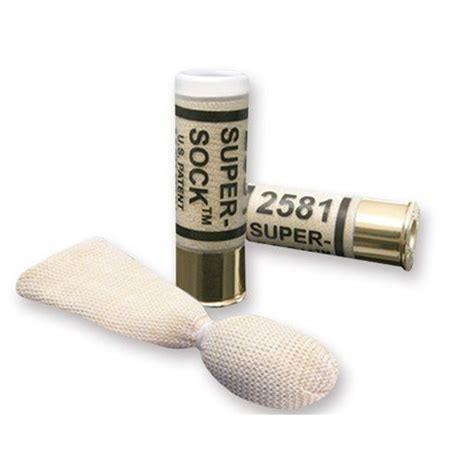
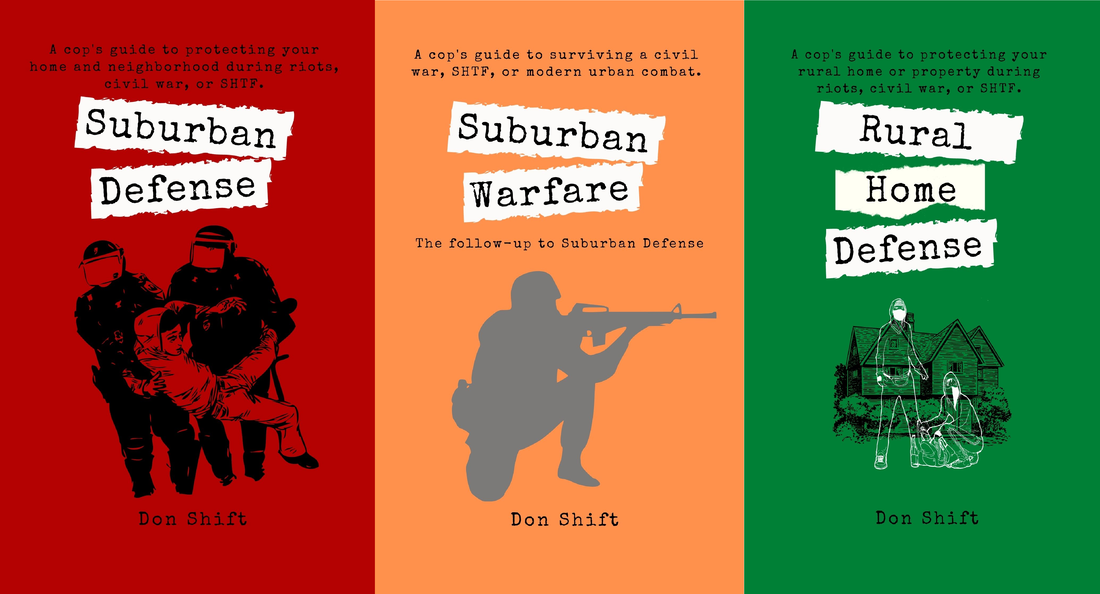
 RSS Feed
RSS Feed
